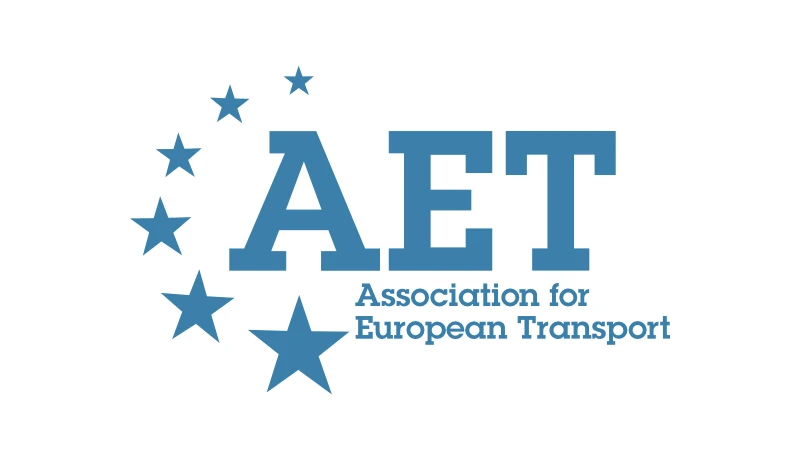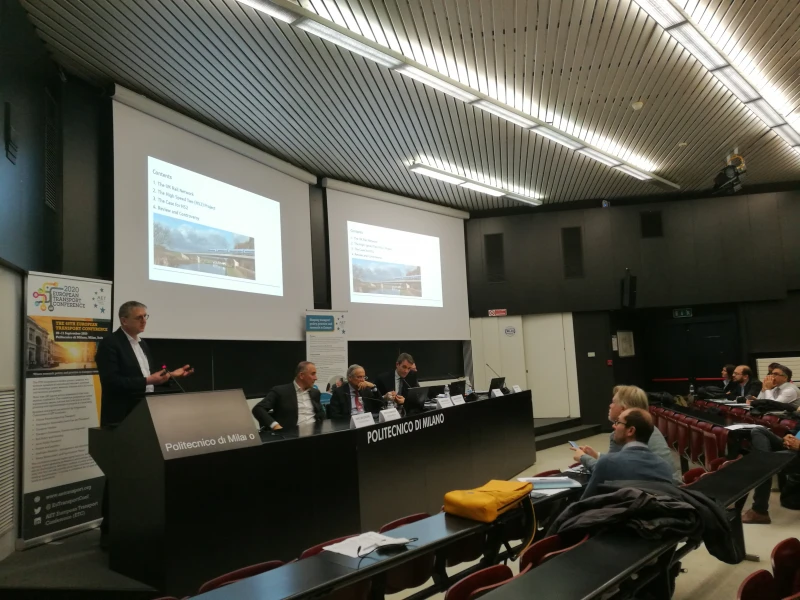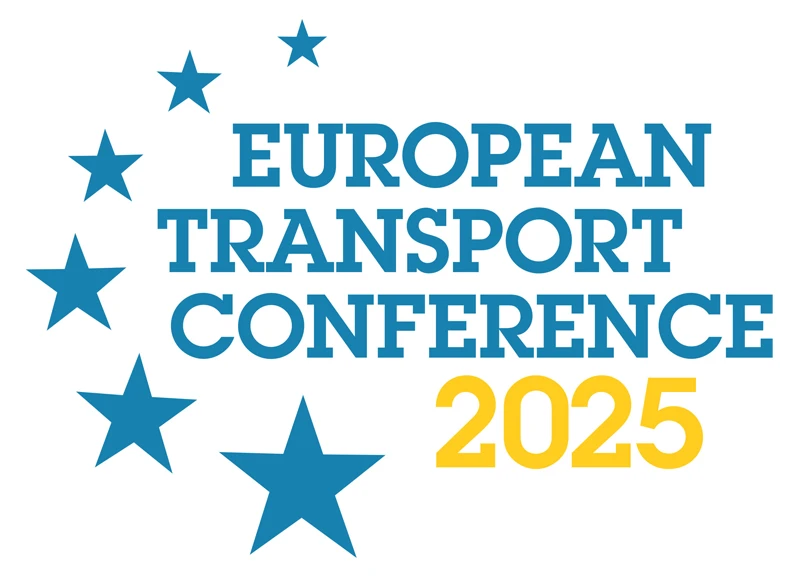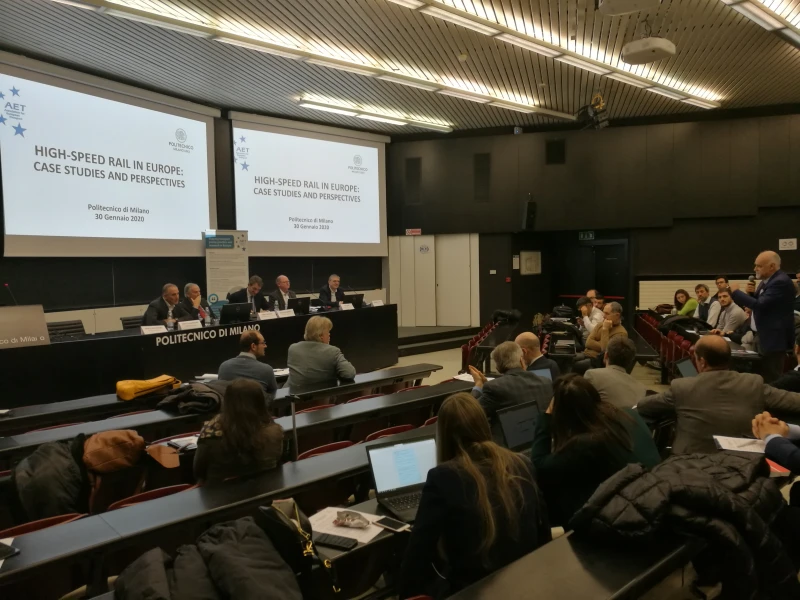-
Past ETC Papers
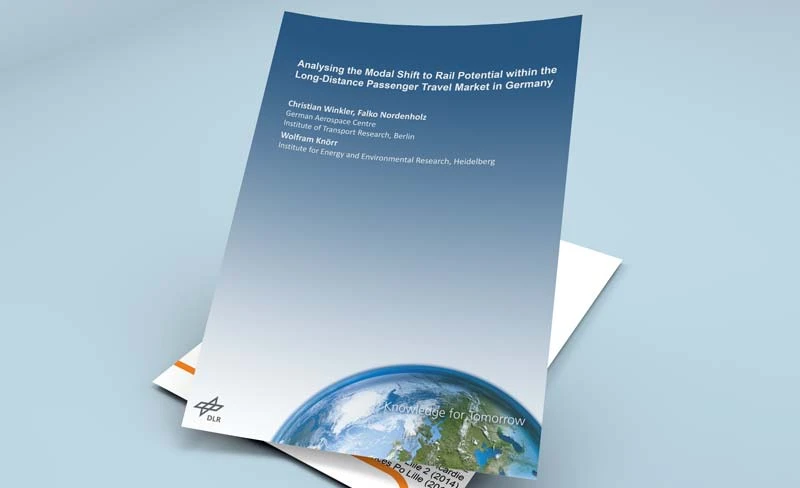
Browse, search and view papers from the past AET Conferences.
-
Members' Area
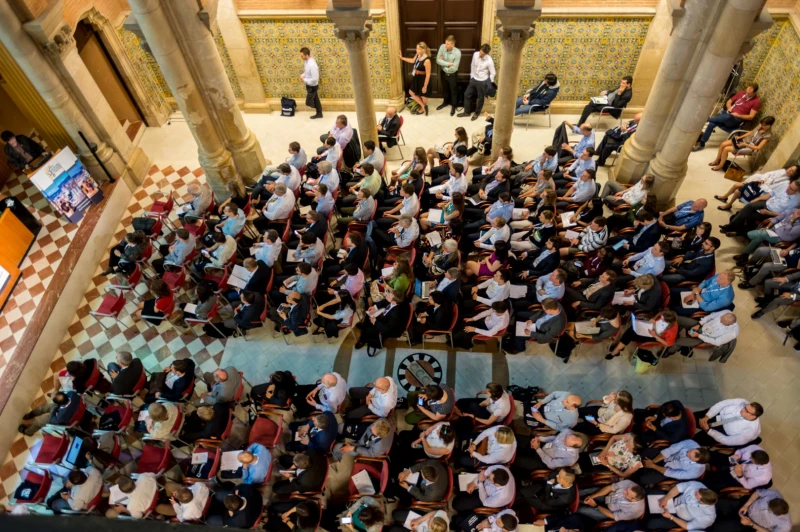
AET promotes networking and exchange of ideas, information and opportunities amongst members.
Conference Papers 2021
Online
ETC Conference Papers 2021
Growth Model 4: the new Dutch national passenger transport model
Seminar
Day 2 (14 Sep 2021), Session 6, NATIONAL MODELS, 16:00 - 18:00
Status
Accepted, documents submitted
Submitted by / Abstract owner
Remko Smit
Authors
Remko Smit - Rijkswaterstaat, Dutch Ministry of Infrastructure and Water Management
Barry Zondag – Significance
Short abstract
This paper presents the new specification of the Dutch strategic transport model. Improvements were realized in modelling of Public Transport, e-bike, specification of costs and income and inclusion of education level in modeling travel behavior
Abstract
The Netherlands have a long history of strategic passenger transport modelling. Over the last decades the National and regional models (Landelijk Modelsysteem, LMS, and Netherlands Regional Model, NRM) have continuously been improved based on user experience, data availability, methodological developments and policy demands from the clients. During 2019 and 2020 the Growth Model of the LMS and NRM has been re-estimated (GM4) to update and enhance the model specification. The first application of the new GM4 model will be for the policy study ‘National Market and Capacity Analysis’ for the Ministry of Infrastructure and Water. The NMCA started November 2020 and will be published spring 2021. Aim of the study is to provide insight in the long term challenges in the transport system as input for the formation of the new political coalition after the national elections in March 2021. Furthermore LMS and NRM are widely used for general policy studies (e.g. road pricing), and for impact analysis for all the strategic road- and Rail investments in the Netherlands.
This paper will give an integral overview of the scope of work for the GM4 model. The paper will present the topics that were researched, choices made for the final specification and characteristic of the resulting model. For some aspects of the re-estimation more detailed conference contributions and journal papers are anticipated. The re-estimation of the Growth model is a joint project between Rijkswaterstaat, responsible for the trunk road system in the Netherlands and ProRail responsible for the National Rail system and was executed by Significance.
The GM4 distinguishes 9 transport modes, 5 home-based purposes, 2 work based purposes and 3 Child purposes. For Car driver and Train Time of Day choice is modelled, using a ToD SP study from 2019, and secondary and higher order destinations are modelled. It is a nested Logit model with a nesting order of the Mode-Destination Time of Day model estimated by purpose, often as follows: Mode > PT sub modes > Destination > Car ToD > Train access/egress mode > station choice. Compared to the previous GM3 version of the model in GM 4 BTM was split into Tram/Metro and Bus. And in addition to mode specific parameters the estimation resulted in a separate PT nest in the model (reflecting the stronger cross-elasticities between the public transport modes). In GM4 e-bike was also introduced as a separate mode next to normal bike.
The set-up of the project consisted of a wider model specification phase, point of selection of the final specification, model implementation and test phase. The following aspects were tested in the specification phase:
• Re-estimation of the base specification from the previous model (GM3) using the recent survey data available for the estimation of GM4
• Advanced estimation techniques (Cross-nested models and RP-SP combined estimations)
• Improved PT and Bike modelling
• Cost coefficients by income class
• Car cost specification and reimbursement policies for commuting
• Improvements in modelling education level as explanatory variable at production side (population by education level) and attraction side (education level of jobs)
Throughout the whole project a wider evaluation framework was used to assess the resulting models on many aspects. The assessment of the models include the model fit, check on ‘acceptable’ bandwidths for cost- and time elasticities and VTT (based upon literature) and reference values for key transportation figures like mode shares (tours and km) and trip length distributions by mode, both at National level as well as for the 4 largest cities in the Netherlands..
Based upon the assessment of the models a proposal for the final specification has been formulated and discussed with a team of external academic experts. The final model has been implemented and tested and the assessment of this model will be described in the paper.
Programme committee
Transport Models
Documents:
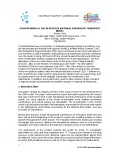

Association For
European Transport
Forester House
Doctors Lane
Henley-in-Arden
Warwickshire, UK
B95 5AW
+44 (0) 15 64 793552
VAT number: 710 1866 64
Conference Supporters & Endorsers

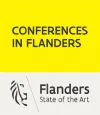


Legal Entity
The Association for European Transport is registered as an Association ('vereniging') with the Chamber of Commerce for Haaglanden in The Netherlands under company number 27170096.
Built on Zenario

